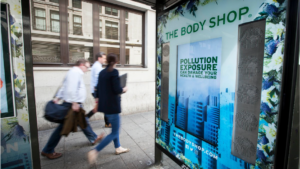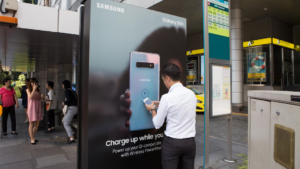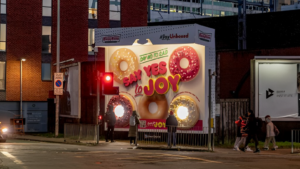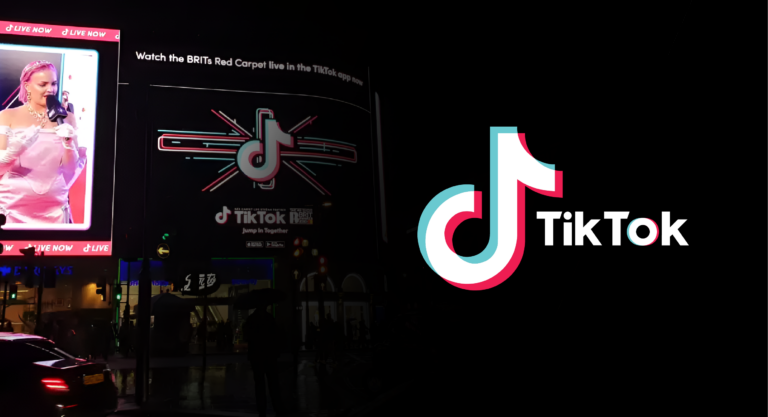With the digitization and expansion of social media, citizens are beginning to demand more active decision-making by governments and industries. According to Statista, more and more people are engaging in digital activism, visivilizing what is happening in their communities. In this sense, the concept of smart cities has shifted from being purely technological to focusing on citizen leadership and social innovation.
So what is the role of outdoor advertising (OOH) in the development of cities? As a starting point, it is important to avoid considering this medium only as an effective form of mass advertising, and to delve deeper into its sociocultural impact.
As the urban population grows and cities become economic engines, a demand for a better quality of life is generated. To make the leap, new outdoor advertising spaces must be designed to meet these needs. Cleaning and improving public infrastructure, investing in sustainable energy and providing access to multifunctional digital displays are some actions that can contribute. Here are some examples:
Samsung introduces a wireless charging station near a bus stop
Krispy Kreme develops a 3D billboard that provides light therapy to counteract seasonal affective disorder
The Body Shop introduces air-cleaning technology to protect passengers from pollution exposure

These cases demonstrate how OOH helps urban environments work better for their citizens. Also, a common thread among them is the use of interactivity as a point of connection between technology and people. This component is considered typical of online advertising. However, it has worked well when applied to outdoor advertising.
In the midst of digital fatigue, a recent report by Solomon Partners shows that recall of OOH ads exceeds PC/mobile. In addition, nearly 80% of consumers are inspired to take action after seeing an OOH ad, according to the American Outdoor Advertising Association.
The positive impact of OOH on society is broad. As an advertising medium, perhaps one of its main contributions is its continued innovation toward more sustainable practices with communities and the environment. It is expected that, in the future, OOH technology will be able to offer new experiences that transform our lives, work and entertainment in urban environments.







